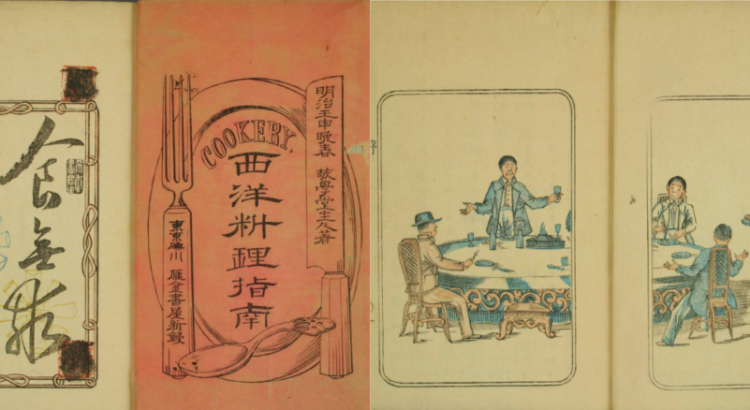Japan loves their curry! In fact, they love curry so much that, according to government research, the Japanese eat 10 billion plates of curry a year. That comes down to two plates a week per person. It is fair to say the dish is popular, coming in as the second most eaten dish in Japan. Although not a traditional Japanese dish, due to its easy preparation and history, it became a stable in Japanese cuisine. You would think that due to curry being in the dish’s name that it would find its origin in Indian cuisine. India however was not involved. It was the British Navy that started using Indian spices in their cafeteria meals. This cafeteria meal would soon become a Japanese favourite.
The British navy’s need for curry
In the late 19th century, the British Empire had colonized a great amount of countries and started exploiting them by collecting their resources. India was one of the countries colonized by Britain. When the British arrived in India, they were confused by their cuisine. Due to the food being unfamiliar, the British were not able to categorize all the different dishes from different regions. In the British eyes, all these dishes used spices as a foundation, so they decided to label all these dishes under the term curry.
While 19th century British Navy sailors were out securing their countries villain role in the 19th and late 20th century, they tended to get hungry. British cuisine however was not well suited for long travel on open seas. Ingredients needed for the dishes expired fast, or the taste of the dishes would not be up to the standard of the sailors. This would cause the sailors to grow offended by the insulting versions of British food that they were served. To combat the cafeteria food conundrum, the British Navy decided to feed their soldiers something foreign and adjust it to British taste. After all, the sailors can’t complain about the quality of a dish that they don’t know. Inspired by the spices used in what the British labelled as curry, the cafeterias on board started serving a thick and sweet curry filled with meat and vegetables. The dish was easy to make, since British companies like Crosse & Blackwell started producing a good called curry powder. Just mix the powder with some gravy, vegetables and meat, and you get a tasty dish high in vitamin b1.
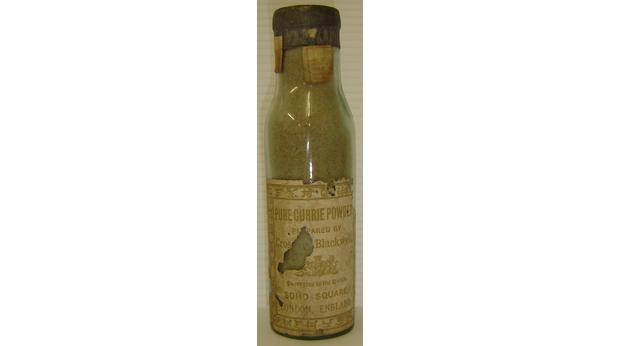
Japan’s first contact with curry
In 1853 Japan was forcefully made by America to end its isolation with the rest of the world. Traders from all over the world could finally do trade in a few different areas of Japan. For the trade loving British, this was fantastic news. Soon, the first British Navy ships docked in Japanese harbours, causing the first interactions between the British Navy and the Japanese Navy to take place.
The Japanese Navy was experiencing a rather difficult problem that they couldn’t figure out how to solve. The Japanese Navy served its marines rice, miso soup and pickles as their daily meal, causing a severe lack of b1 vitamin in their diet. Beriberi outbreaks were getting more common amongst Japanese sailors. So when the Japanese sailors started interacting with British sailors and learned about their curry, all their issues seemed to be solved. Not only was the curry tasty to the Japanese, but it could also be filled with local vegetables and was rich in b1. Curry became a hot topic amongst the sailors and populace of Japanese harbour towns. In 1872 when curry was gaining popularity, the first recorded recipe for Japanese curry got published by Kanagaki Robun in his cookbook ‘Connoisseur of Western-Style Cuisine (西洋料理通, Seiyō ryōritsu)’.
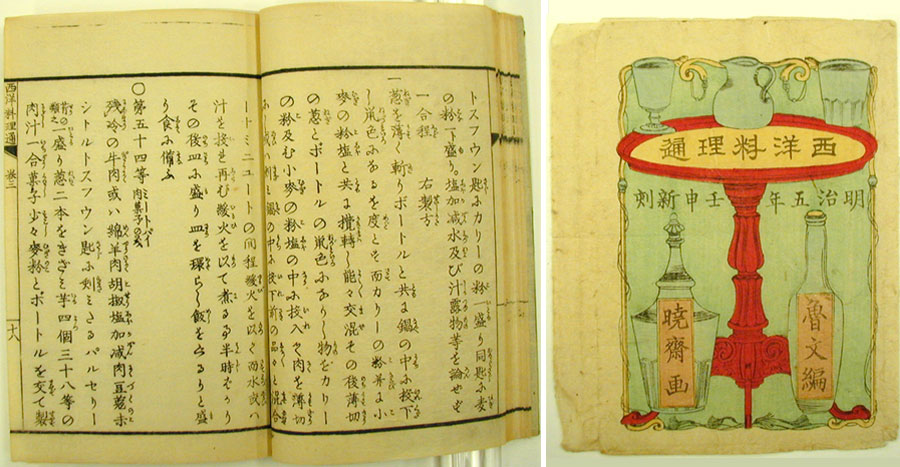
Curry became more famous in Japan, but the spice mix had to be imported from England and was thus expensive. A regular person would not be able to afford it. The dish remained mostly popular within the Japanese Navy, where it became a standard dish in the sailors’ diet. The Japanese did however choose to serve the curry with rice instead of bread like the British.
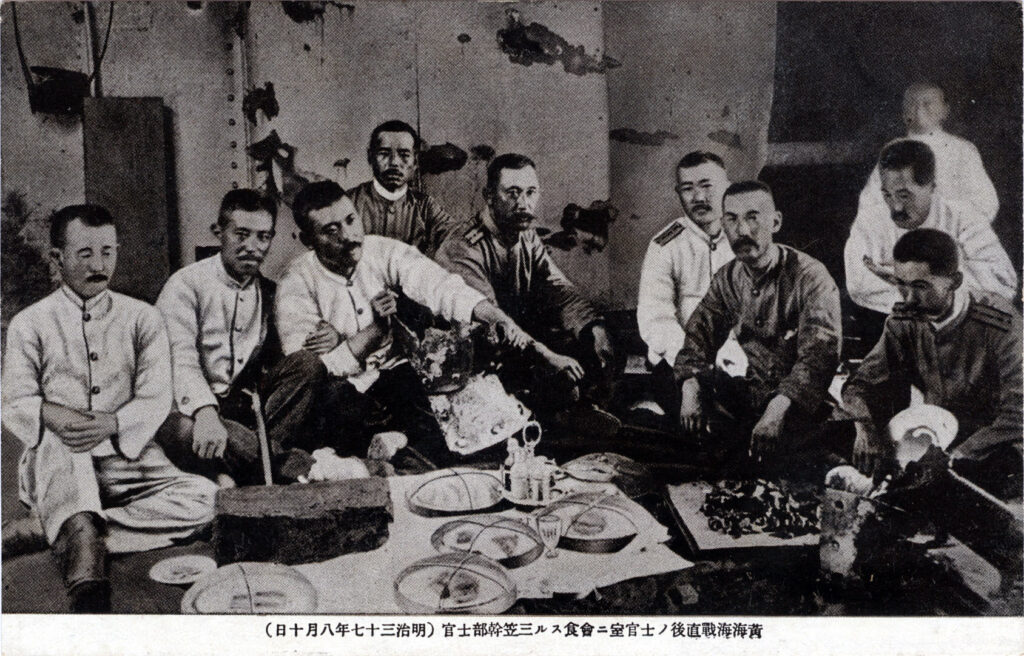
Curry’s boom in popularity
For a while curry would remain popular with the Japanese Navy, but not with the regular populace. As mentioned above, this was mostly due to the fact that curry powder was expensive. However, This would change in 1923 when Minejiro Yamazaki started producing Japan’s first domestic curry powder. Forming the company S&B he started selling curry powder in its recognizable red tin. Finally, a curry powder that was affordable for the Japanese population!
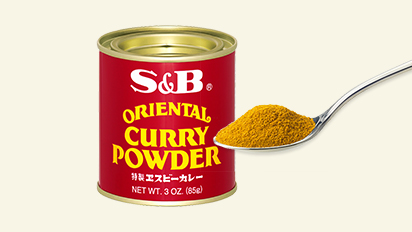
While the popularity of curry increased due to domestic curry powder, the dish still didn’t have the infamous status that it does now. This would all change after the Second World War. In 1950 the curry roux was invented, which was shaped in little mini cubes. By simply adding the cube, water, and vegetables to a pot, everyone could make a delicious curry filled with fresh produce. At the time, Japan was experiencing a peak in their work hours and the average worker did not have the energy left to cook a healthy and comforting meal. It is during this time that convenient meals boomed in popularity. So when a product that allows people to make a nutritious curry in the blink of an eye was introduced, it was almost certain to be a big hit. Throughout the years, curry’s popularity would explode and many variations of the dish would appear. Bread filled with curry, curry udon, curry ramen, fried chicken curry, you name it.
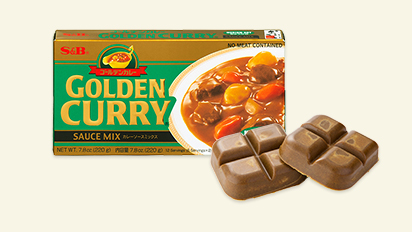
This is the story of how the British labelled Indian food as curry and started taking their spices, turning it into curry powder. To cater to their picky eaters, the British Navy implemented British style curry in the marines diet. Through trade with Japan, the dish found its way into the Japanese Navy’s hearts. After the domestic production of curry powder and the famous curry roux cube, nobody could stop curry’s rise to fame.
Written by: Jos van der Kreeft
